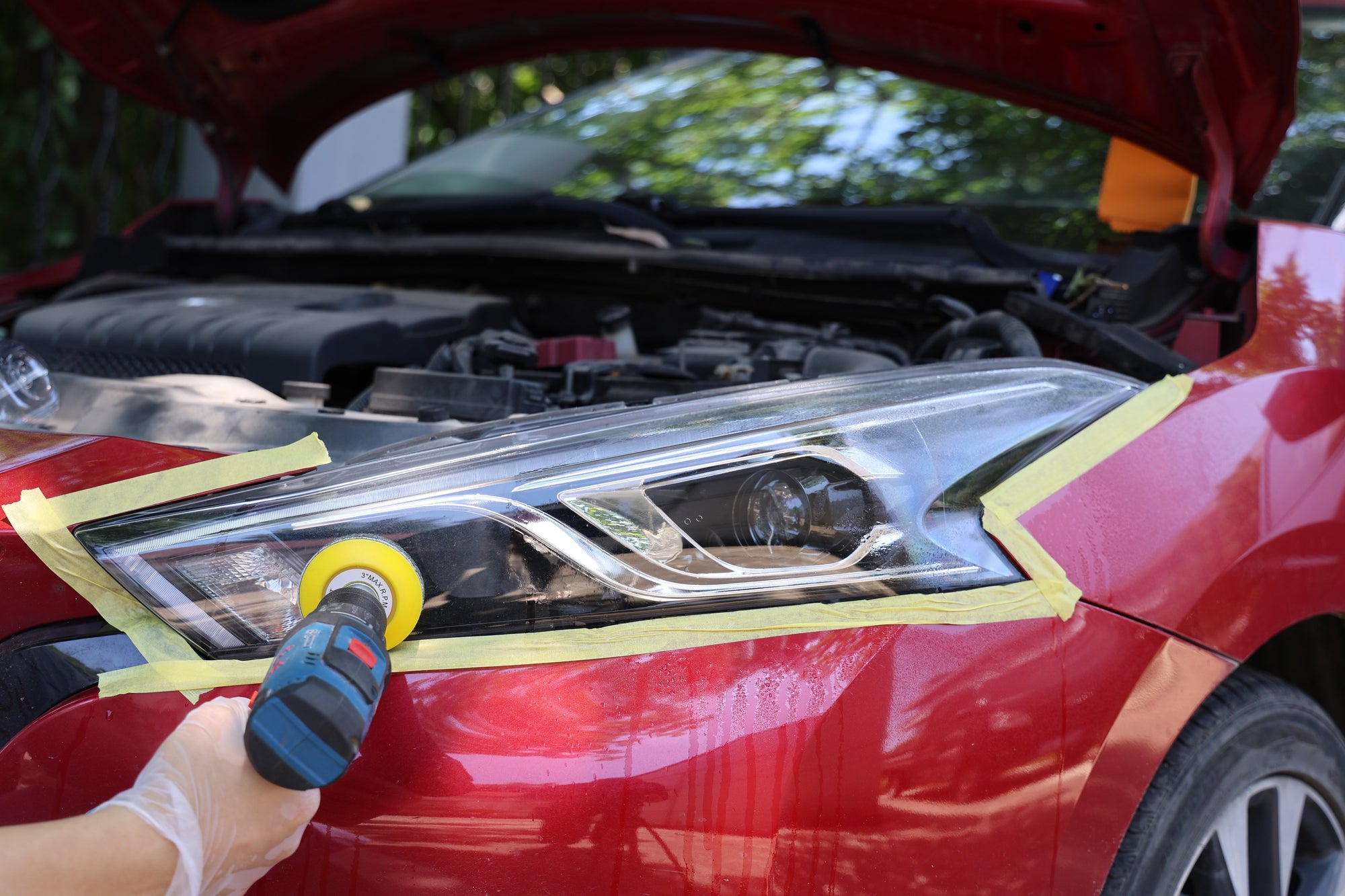Silicon Carbide vs Aluminum Oxide: Which Sandpaper to Choose?
 Choosing the right sandpaper for your project can be confusing, especially if you're new to the world of sanding tools. Two of the most common types of sandpaper are silicon carbide and aluminum oxide, and each has its own strengths. In this guide, we’ll help you understand the differences between these two abrasives and show you when to use each one.
Choosing the right sandpaper for your project can be confusing, especially if you're new to the world of sanding tools. Two of the most common types of sandpaper are silicon carbide and aluminum oxide, and each has its own strengths. In this guide, we’ll help you understand the differences between these two abrasives and show you when to use each one.
What is Silicon Carbide Sandpaper?
Silicon carbide is one of the hardest and most durable abrasives. It’s commonly used for sanding hard surfaces such as metal, glass, and ceramics. The sharpness of silicon carbide makes it effective at quickly cutting through tough materials, leaving a smooth finish.
Key Features:
- Hard and Sharp: Silicon carbide is extremely hard, which helps it cut through materials like metal and glass quickly.
- Ideal for Hard Materials: It excels at sanding hard and non-porous surfaces such as metals, ceramics, and glass.
- Shorter Lifespan: While it’s sharp and effective, silicon carbide wears out faster than other abrasives when used on soft materials.
Best Uses:
- Sanding hard surfaces like glass, ceramics, and hard metals.
- Projects that require fine sanding or smooth finishes.
- Polishing or smoothing surfaces where precision is key.
What is Aluminum Oxide Sandpaper?
Aluminum oxide is another popular abrasive, known for its durability and versatility. While it’s not as sharp as silicon carbide, it’s a reliable option for most sanding jobs, especially those that involve softer materials like wood and plastic. Aluminum oxide sandpaper is often used in woodworking, auto body work, and other general sanding applications.
Key Features:
- Durable and Long-Lasting: Aluminum oxide sandpaper is highly durable, making it perfect for long, repetitive sanding tasks.
- Great for Softer Materials: It’s ideal for sanding wood, plastic, drywall, and softer metals.
- Cost-Effective: This abrasive is generally more affordable than silicon carbide, making it a great choice for everyday sanding tasks.
Best Uses:
- Sanding wood, drywall, plastics, and softer metals.
- Heavy-duty sanding or preparation of surfaces for painting or finishing.
- General-purpose sanding around the house or workshop.
How to Choose the Right Sandpaper?
When deciding between silicon carbide and aluminum oxide sandpaper, consider the following factors:
Material Type:
- Hard Materials: If you’re sanding materials like metal, glass, or ceramics, silicon carbide is the better choice. Its high hardness allows it to efficiently tackle tough surfaces.
- Softer Materials: For wood, drywall, and plastics, aluminum oxide is a better option. It’s designed to handle softer materials with more durability.
Project Duration:
- Short-term, High-Precision Work: For small, detailed projects where precision and a fine finish are important, silicon carbide will give you the best results.
- Long-term, General Sanding: If you’re working on larger projects or tasks that require continuous sanding, aluminum oxide will last longer and is more cost-effective.
Budget:
- On a Budget? Aluminum oxide is typically less expensive than silicon carbide, making it a great choice for those looking to save money, especially for projects that don’t require the sharpness of silicon carbide.
Finish Quality:
- If you're looking for a super-smooth finish (such as when sanding glass or polishing metals), silicon carbide will help achieve a higher level of smoothness and detail.
Real-World Applications
- Auto Body Repairs: When working on auto body repairs, especially for removing rust or smoothing rough metal surfaces, silicon carbide sandpaper is highly effective due to its ability to cut through hard metal.
- Woodworking Projects: For sanding wood surfaces, such as furniture or cabinets, aluminum oxide sandpaper is the go-to choice. Its durability ensures that you can sand large areas without worrying about the sandpaper wearing out quickly.
- Home Improvement: If you’re sanding drywall or prepping surfaces for painting, aluminum oxide sandpaper will do the job effectively, giving you a smooth, ready-to-paint finish.
Which Sandpaper Should You Choose?
In conclusion, the right choice between silicon carbide and aluminum oxide depends on your specific needs:
- Silicon carbide is perfect for sanding hard materials and achieving smooth finishes in short, high-precision projects.
- Aluminum oxide is best for longer sanding jobs, especially with softer materials like wood, and is generally more affordable for regular tasks.
At Abratives Master, we offer both silicon carbide and aluminum oxide sandpapers, each designed for different applications. Whether you’re working on a detailed project or tackling a large home improvement task, we have the right sandpaper to help you get the job done efficiently and effectively.
Continue Reading

How to Reduce Dust When Sanding: Simple Tips for Cleaner Work

